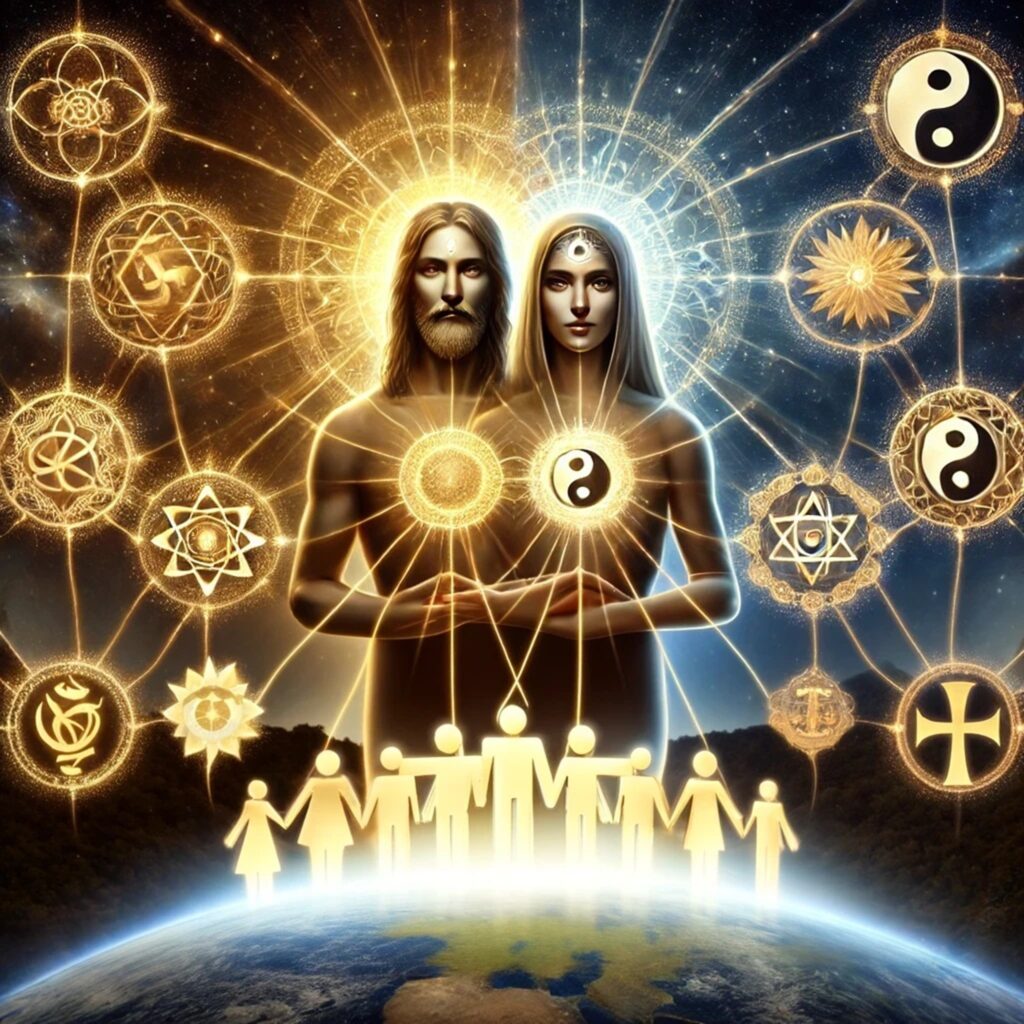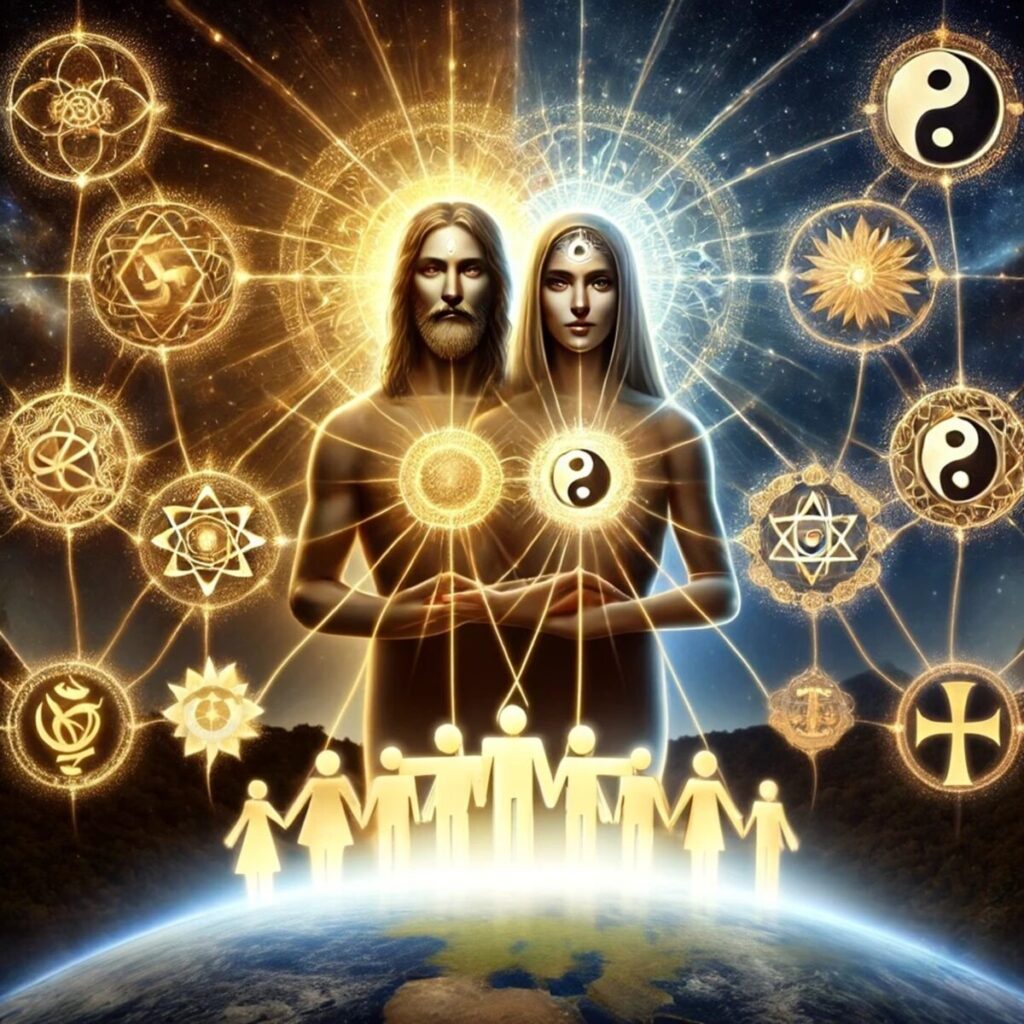https://claude.site/artifacts/071508b2-0cfc-4832-89b5-63769bcdf0c3
Marginal Satisfaction: A Different Measure of Success
In a world obsessed with profit maximization and shareholder returns, we often overlook a fundamental question: What truly creates satisfaction in our economic lives? The concept of marginal satisfaction offers an alternative lens through which to view our economic decisions and structures.
Beyond Monetary Metrics
Marginal satisfaction examines how each additional unit of a resource, experience, or product contributes to our wellbeing. Unlike the relentless pursuit of financial growth, it acknowledges that satisfaction follows a curve – additional wealth, consumption, or profit provides diminishing returns once basic needs are met.
This perspective challenges the Friedman Doctrine that has dominated business thinking for decades, which states that a company’s sole responsibility is to increase profits for shareholders. While this approach has created enormous wealth, it has also contributed to:
- Environmental degradation
- Widening inequality
- Worker exploitation
- Social fragmentation
- Ethical compromises
The Golden Rule Economics
“Do unto others as you would have them do unto you.” This ancient wisdom appears across cultures and faiths, offering a profound economic principle as well as a moral one.
When applied to business and economics, the Golden Rule suggests that true satisfaction comes not from maximizing one’s own gain regardless of impact, but from creating mutual benefit. It recognizes that our economic destinies are intertwined – that an economy built on exploitation eventually undermines itself.
Voices of Balance
Many visionary leaders have recognized the need to balance shareholder value with broader stakeholder concerns:
- Paul Polman transformed Unilever by eliminating quarterly reporting to focus on long-term sustainability, demonstrating that purpose and profit can align.
- Hubert Joly revitalized Best Buy by investing in employees and creating a people-centered culture that ultimately delivered strong financial results.
- Rosabeth Moss Kanter has consistently advocated for the stakeholder approach, arguing that companies serve society best when they consider all constituencies.
- Larry Fink of BlackRock has used his influence to push companies toward stakeholder capitalism, recognizing that long-term value creation depends on serving broader societal needs.
- Marc Benioff of Salesforce embodies the 1-1-1 model: dedicating 1% of product, equity, and employee time to philanthropic causes while building a highly profitable company.
These leaders understand what marginal satisfaction economics suggests: that beyond a certain point, additional profit provides less satisfaction than meaningful impact, purpose, and contribution.
What Would Jesus Say?
The teachings attributed to Jesus in the Gospels offer a powerful perspective on economics and satisfaction:
“What good will it be for someone to gain the whole world, yet forfeit their soul?” (Matthew 16:26)
Jesus consistently challenged the prevailing economic wisdom of his day, suggesting that true wealth lies not in accumulation but in contribution. He warned about the spiritual dangers of greed and taught that we should care for the poor and marginalized.
“It is easier for a camel to go through the eye of a needle than for someone who is rich to enter the kingdom of God.” (Mark 10:25)
These “red letter” teachings don’t condemn business or profit itself, but rather the prioritization of wealth over human dignity and spiritual values. They suggest that true satisfaction comes from living in alignment with deeper purposes – creating value for others, serving needs beyond our own, and recognizing our interconnectedness.
The Path Forward
Embracing marginal satisfaction economics doesn’t mean abandoning profitability. Rather, it means recognizing that profits are one measure of success among many, and that beyond a certain point, additional profit yields less satisfaction than purpose, contribution, and mutual benefit.
By balancing shareholder value with stakeholder wellbeing, we can build businesses and economies that generate not just financial returns, but true and lasting satisfaction for all.
Made with Claudia.ai after chats with Gemini, and ChatGPT.





